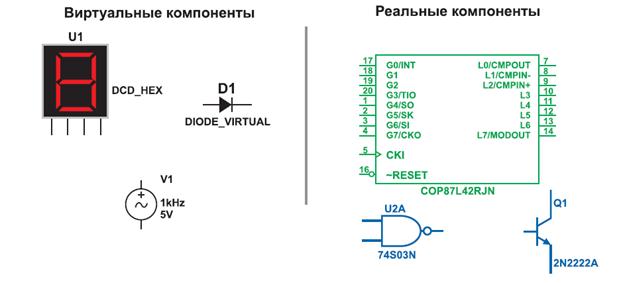Re-Inventing the World
Periods of invention can easily be categorised by the dominant technology – the age of the wheel, of steam, of industrialisation, of electricity, of radio and so on. But the post-war 20th century was remarkable because it was the age of many technologies simultaneously. The atomic age, the space age, the computer age, the information revolution, the genetics era – all these terms have been coined to describe the past 55 years. The world underwent a remarkable acceleration in technological achievement after the Second World War. A second industrial revolution revolved around two key developments: the invention of the transistor in 1947 and the exploitation of the gene after the discovery of its structure in 1953. By the end of the 20th century, these two innovations resulted in technology setting the agenda in most spheres of society. Breakthroughs in genetics have had a profound effect on our attitudes to fundamental issues. They meant we can now tinker with our own existence and that of other life forms. The moral and social ramifications of changing the nature of foodstuffs, altering inherited characteristics or even cloning ourselves far exceed the technological complexities involved in their execution. The consequences of the invention of the transistor in 1947 have been similarly profound. As a result of the transistor and its evolution into the silicon microchip, we can now carry more computing power in our pockets than was collected in all of the room-sized computers across the world in 1950. The transistor and microchip made possible the mobile phone, the internet, desktop computers, space travel, colour television, the video recorder, satellites, portable calculators and many other applications, including the mapping of the human genome, our entire genetic makeup. Throughout the latter half of the 20th century, technology was often accused of inflicting some of the most destructive actions on humanity; certainly the harnessing of nuclear power was accompanied by the terrible destruction power of the atomic bomb. But the technology was also central to man’s single greatest extension of his environment, the exploration of space. In the first years of the 21st century, technology and invention present society with a dichotomy. Invention is acknowledged as one of the most formative and persistently creative themes in our development, but it is still regarded with suspicion, its contribution to our improved living standards weighed against the threat of technological self-destruction, ecological imbalance and silicon-chip hegemony. Certainly, if computers continue to increase in power at the current rate (a doubling of power every 18 months, according to one of the pioneers of the silicon microchip), then by 2025 artificial intelligence systems could rival human intelligence. It has thus become commonplace to blame inventors, scientists and engineers for many of society’s ills. While this position rightly reflects the central role of science and technology in today’s society, it often disregards the fact that scientific discovery and technological invention are merely tools in our hands, and their misuse a reflection of human frailty. Invention is the one characteristic that sets us apart from other species yet it continues to be devalued in cultural terms. And as Christopher Cockerell, inventor of the hovercraft, famously remarked, “But for the silly chaps we would still be living in the Stone Age.” Text B
|




